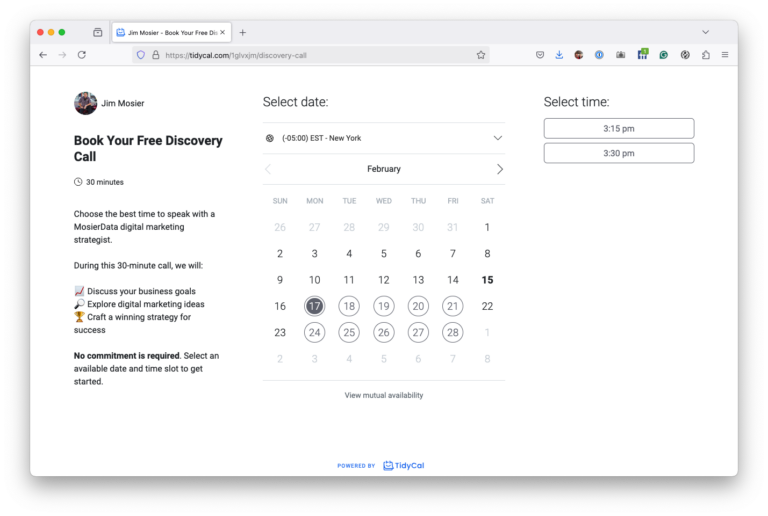An old hypnotist trick: when developing a rapport, adjust the tone of your voice slightly towards your
 subject’s. Some hypnotists take it further, copying body language and other cues. This can help to make the subject comfortable and more suggestible.
subject’s. Some hypnotists take it further, copying body language and other cues. This can help to make the subject comfortable and more suggestible.
Marketing isn’t exactly hypnotism, but there’s some overlap between the two fields. Ultimately what we’re trying to do in either field is get our subject to do what we want them to do. That could be clucking like a chicken whenever they hear a bell, or it could simply be clicking on that “subscribe” button.
When we talk about tone in marketing material, in branding, we’re talking about creating a personality. In some instances, we want a guru, we want someone who has seen the light, who can lead us to the promised land. In other instances, we’re looking for something less “mystical” and more down to Earth, but in any event, the most successful brands tend to be those that speak across, not down, to the prospect.
Using inbound marketing means that you’re not spamming people with ads, you’re giving them what they want, and how we communicate, how we position ourselves, is a big part of signaling that we have the information they’re seeking. If you’re going to trust someone with your money, or just your attention, you’re not likely to listen to someone who condescends to you. We want our problems to be treated as manageable, but not unimportant. Essentially: if you refer to your customers, your prospects, your voters or your supports as “the little people,” then you’ve already lost.
Whatever voice you choose to brand yourself with, whether you want to be the down to Earth cowboy type, the blue collar “I did it and so can you” millionaire or the enlightened guru, the easiest way to speak across to your audience is to simply bear this in mind, like a mantra: their time is as valuable as yours.

